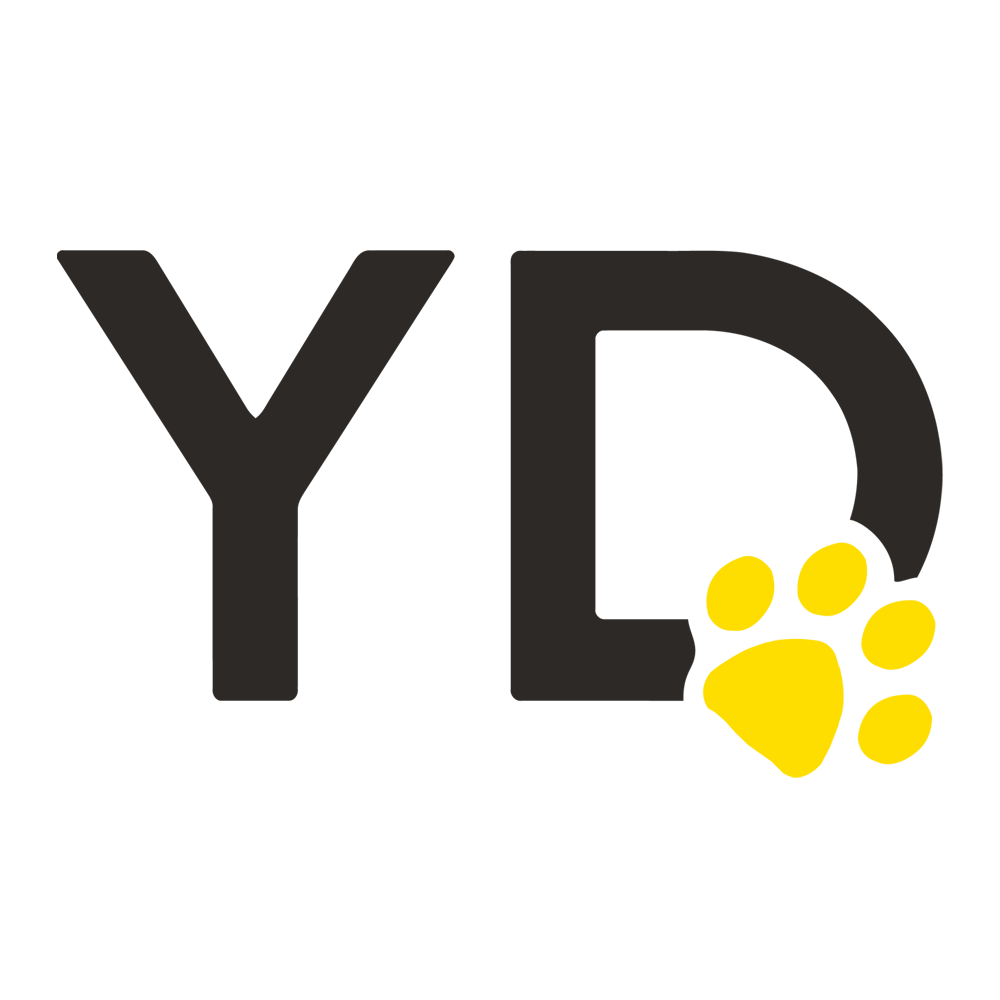Restaurant Inventory Management Guide & Best Practices
A food inventory plan keeps everything organized, in sync, and accounted for. A small mistake with inventory can result in a drastic impact to the business.
What is restaurant inventory management?
Restaurant inventory management is the process of managing and tracking the ordering, sale, storage, and back and forth movement of inventory. The movement of this inventory should be viewed as a costing strategy that optimizes the business’s profitability, cash flow, and restaurant costs.
When you have a full grasp of your inventory management you are more likely to:
Know what your inventory levels are and the amount you've purchased
Know the quantity of inventory items used each day
Make better purchasing decisions
Be familiar with the amount of inventory items left over
Understand your profits and losses
General Benefits of Inventory Management
Enjoy higher staff productivity – When there are less mistakes with inventory, there is more time to reallocate labor hours to other tasks.
Reduce shrinkage - Shrinkage can be attributed to theft, waste, damage & spills, or over pouring.
Standardize your procedures - when an inventory process is locked down, other processes tend to fall in line.
Become auditable - hold your team accountable all while staying accountable yourself.
Yellow Dog Restaurant Software Benefits
No matter how you track inventory, you'll discover ways to improve your business immediately.
Other benefits like:
Getting rid of spreadsheets
Saving time on physical inventories
Eliminating multiple data entry points
Automating processes
Increasing profitability through data analysis by utilizing any of our 400+ standard (and customizable) reports
…these benefits can only be seen when you use a deep inventory management product like Yellow Dog.
Other big time savers like electronic vendor PO and invoice automation also become possible through our inventory solution.
For Yellow Dog’s F&B feature listing, click here.
Recipe Management
Recipe management is the process of standardizing recipes for menu items and calculating each item’s portions.
Utilizing recipe management helps keep track of food costs and cash flow through the scope of item inventory. The process consists of 3 easy steps:
1. Listing all recipe ingredients to keep track of what’s actually available
2. Calculating the quantity of ingredients
3. Storing the recipes in the software and mobile apps for easy access by your team
Restaurant inventory management process terms
Cost of Goods Sold (COGS) – COGS is the cost of ingredients used to create recipes and items on the menu. You can calculate the amount of money you spend on food including food waste. Formula:
Beginning inventory + Purchased inventory - Ending Inventory = Cost of Goods Sold
Par Levels – the minimum amount of inventory needed to meet the demand from your customers while having a safety net. When an item hits below the par level you’ve set, its time to reorder.
Variance – Variance sums up the amount of product sold versus the amount of product used over a set period of time.
Tips for taking restaurant inventory
Determine an acceptable food cost percent to measure your results against
Setting a food cost percent allows you to gauge your restaurant’s performance through your physical inventory periods. It allows you to understand if you’re running a higher food cost or lower food cost than what’s acceptable.
Choosing an acceptable variance helps you keep track of managing food costs. Having a lower variance means the restaurant is on top of controlling costs.
Actual vs. Theoretical food cost reports tell you the difference between what your costs should be and what they are.
Let’s say your theoretical costs should be 30%, but they’re really coming in at 38%. Your threshold is not acceptable… actual numbers matter.
Determine the Frequency of taking your inventory
How often will you take inventory?
Needs differ from business to business. What matters is consistency.
Establish and schedule those periods with your team. Most businesses consider once a month to be the bare minimum. With Yellow Dog, you’ll save so much time on taking physical inventories that your team can perform them more frequently.
More frequency: more accuracy.
Want more? Click here to read our full, free best practices guide for physical inventories.


